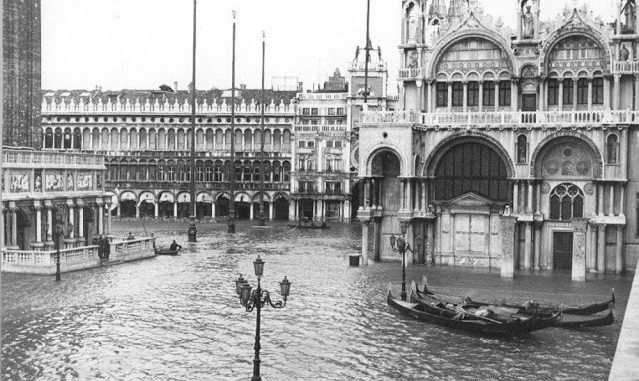Salt Cultures
To the visiting tourist, Venice is built on water. However, to the local Venetian their hometown is built on poles of wood (briccola) and on salt. Back in the times of Marco Polo, commerce in the lagoon relied on goods such as silk, grain, and rice yet, importantly, Venetians dominated the salt trade. This ultimately helped them to expand their republic.
Fast forward to 2022: Venetians are living amid the deteriorating ecological state of the lagoon, caused not at least by the challenges of climate change facing the city and the barene alike. As ever more cropland is lost due to salinisation, another long-forgotten actor is reemerging–salicornia. Inconspicuous in appearance, this plant-architect is found in the barene’s intertidal zone, where the plant gathers debris and counteracts the erosion of sediment. Due to its preference for salty environments, it is hailed as the solution for lost farmland–to be grown as a salt alternative, a healthy vegetable or even a botanical for gin.
Inspired by this plant-architect, which gathers ground for itself and others to thrive, the publication series is named Raccogliere (»to gather«). In this first edition, we and our guest contributors investigate actions of resistance, the commons and regeneration through the lens of this plant.


Salicornia (Sigrid Schmeisser), LifeVimine (Alberto Barausse)
Etá del sale
Venezia, per qualunque turista che la visita, è una città costruita sull’acqua. Ma in realtà, i veneziani sanno che la loro città si erge su briccole e sale. Ai tempi di Marco Polo, il commercio della laguna si basava su beni come la seta, il grano e il riso, ma soprattutto sul dominio del mercato del sale, che contribuì all’espansione della repubblica Veneziana.
Nel 2022, i veneziani stanno assistendo al deterioramento dello stato ecologico della laguna, causato dalle sfide che il cambiamento climatico pone alla città e alle barene. Mentre sempre più terreni coltivati sono perduti a causa della salinizzazione, riemerge un’alleata a lungo dimenticata: la salicornia. Di aspetto poco appariscente, quest’ultima è una pianta-architetto che si trova nella zona intertidale delle barene, dove raccoglie detriti e contrasta l’erosione di sedimenti. Grazie alla sua predilezione per gli ambienti salmastri, viene acclamata come la soluzione ai terreni agricoli perduti, dove potrebbe essere coltivata come alternativa al sale, verdura salutare o persino come estratto vegetale per il gin. Ispirandosi a questa pianta-architetto che raccoglie in sé il terreno per poter prosperare e far prosperare altre specie, questa serie di zine è stata chiamata Raccogliere.
In questa prima edizione, con i nostri collaboratori analizzeremo attentamente le azioni di resistenza e di rigenerazione del bene comune connesse a questa pianta, attraverso il suo punto di vista.

Flooding of Venice (Archive material)
Thanks to
Un ringraziamento a tutti coloro che in diverso modo hanno contribuito alla pubblicazione del primo numero di Raccogliere. Un ringraziamento anche a Meredith Root-Bernstein, Angela Rui, Formafantasma (Geo-Design) e Dymfy van Meel (Onomatopee) per il loro supporto. Tutti i diritti riservati.
Thanks to all contributors and interviewees who shared their stories and knowledge with us, we are truly excite to share their work in this first limited edition of Raccogliere. We also want to thank Meredith Root-Bernstein, Angela Rui, Formafantasma (Heads of Geo-Design, 2020–2023) as well as Dymfy van Meel (Onomatopee) for their support. All rights reserved.
Additional thanks goes to Marco Loi for his generous support translating our latest Blu Pages entries.
Zine Production Issue N°1
Herr & Frau Riso (Germany)
EN Proofreading
Helen Bleck
IT Proofreading
Melanie Battolla, Giulia Loi
